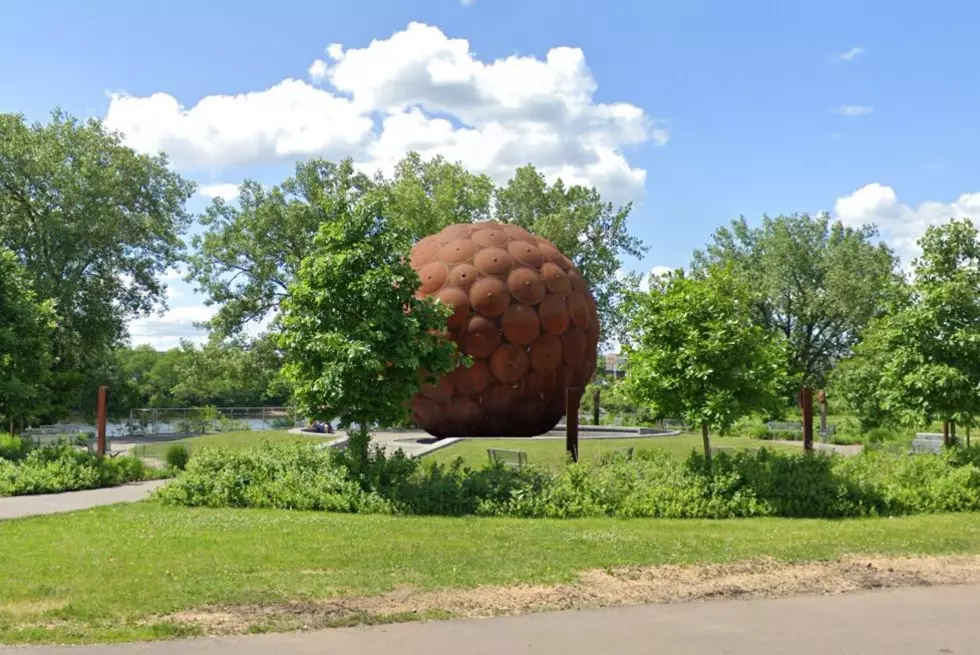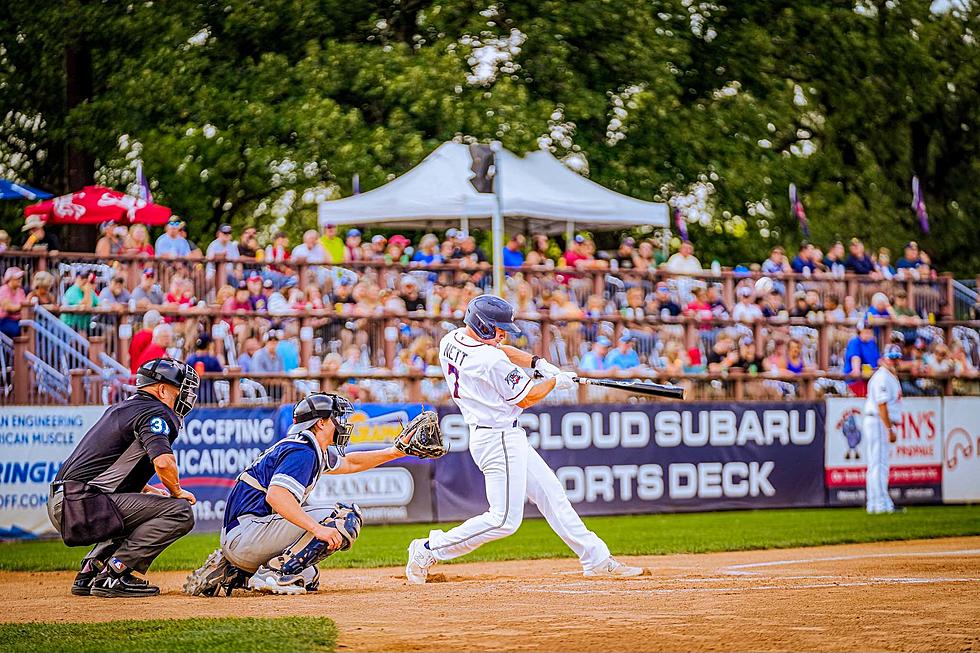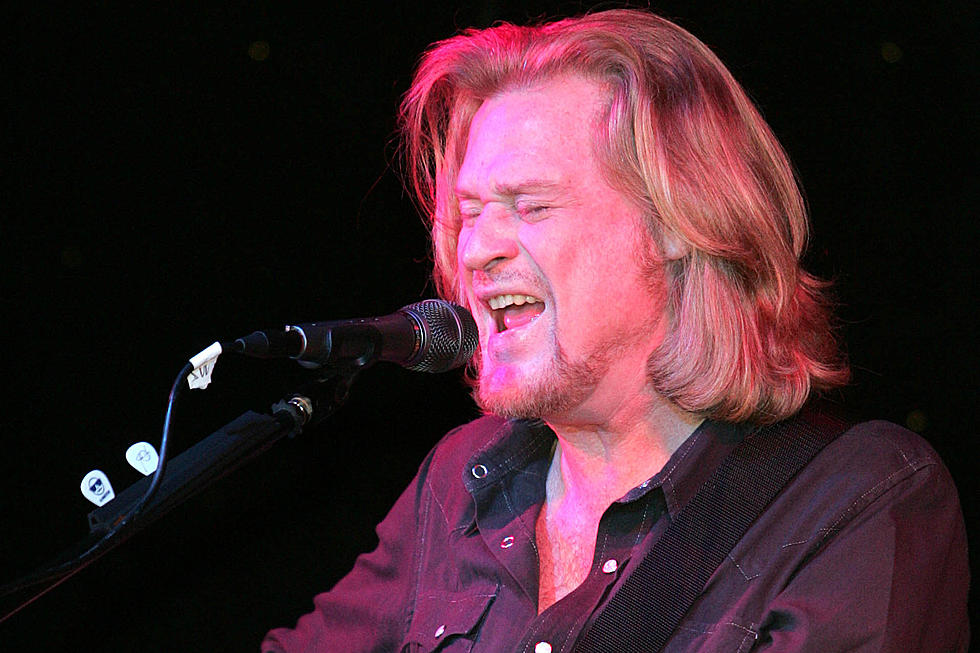
Daryl Hall Recalls Early Days of His TV Show: Exclusive Interview
After decades of traveling the world, Daryl Hall had an idea that he hoped would cut down on the amount of frequent flyer miles he was racking up.
He invited his band to his house in upstate New York, and they laid down a set where they casually ran through a mix of material, including some well-known songs from Hall & Oates' catalog.
But they dug deeper than that too, pulling out tracks from Hall's solo catalog, like “Dreamtime” from 1986’s Three Hearts in the Happy Ending Machine, “In a Philly Mood” from 1993’s Soul Alone and an extended jam on “Cab Driver,” from 1996’s Can’t Stop Dreaming.
With Hall sharing a bit of his recollections about each of the songs, the performances felt intimate and personal, enhanced by the rustic feel of the room that they were performing in.
It was a dream ticket for any fan of Hall’s music - except for the fact that there was no audience - at least not in the traditional sense. They were filming the performance for a new web series that would soon generate a lot of buzz, Live From Daryl’s House.
More than a decade later, they’ve performed more than 80 episodes, bringing in guest artists from many different genres of music, illustrating the diversity of Hall’s interests. They kept the “deep cuts” mentality in play, so you’ll often see a visible sense of joy and enthusiasm on display among Hall, the band and the guests as they collaborate and explore each other’s work.
Live From Daryl’s House returns April 19 on AXS TV with a 14-episode run of highlights from the show's archives.
Hall recalled some of his best memories of the early days of the show for UCR in the below interview. He also offered a preview of where things are headed.
I was watching the very first episode from 2007. It’s so cool to see the great room where you guys would do these performances still under construction. It’s just you and the band running through some tunes, and you can feel the cool vibe of what this thing ultimately becomes. What was the impetus for doing the series, and what are your memories of putting things together to do that first episode?
The first episode, there was no guest or anything. The whole idea came from sort of what’s going on right now. The world is changing. Instead of me traveling around the world, why don’t I bring the world to me? And it’s not that different than what people are doing right now - only I did it 13 years ago. But that was the concept. We didn’t have any more than that. We were rather innocent. I just got some friends to hold some cameras up. I think we hired some student that had a Steadicam and we just winged it. It was me and T-Bone [bassist Tom Wolk, who died in 2010], and we just winged it and we had the band. I didn’t even really know what I was going to do. It was very spontaneous. We had some songs that we wanted to play, and that’s how it all began. Right away, I thought, “Okay, I think this show, if it’s going to be a show, we need to have a guest.”
That’s when the guests came in and Travis McCoy [from Gym Class Heroes] was the first guest. We went from there and then we added food, and the whole thing grew very organically and spontaneously and real, and it never left that, really. I think part of the charm of the show is that it’s all very sort of innocent. It only could have happened in the age of the internet. Trying to get it initially on regular television would have been a disaster, because people would have tried to make it into some kind of format, and it would have taken all of the strength out of the idea of the show. My desire is always to try to get back to those early days in spirit.
With the current pandemic situation, you’ve got a lot of bands and artists who are doing these webcasts, where they’re playing to an audience, but in a different way, because there's no physical audience in front of them. At the time you started doing this show, you had spent a lot of years playing in front of an audience. What was it like for you to kind of re-frame that approach?
It was a learning curve to completely be myself and not perform for an audience and just be natural and have the band do that and basically play to an audience of one, which is the camera - and not even play to the camera, really. So it really was surprising to me. It was such early days and before anybody really thought about doing these kinds of things, and it really was unique. And then I went the other way and I learned how to take that element and bring it into my regular live performances. I treat my audience as if they’re in my living room and there’s only an audience of one, being the camera. It’s changed my whole demeanor onstage. What you see is what you get with me, and it’s that reality thing. I mean, true reality. Not a phony reality show, a real reality show. That permeates my live performances now, and it always happened in my house.

What are the plans as far as new episodes? Are you going to continue to do new episodes at some point?
Yeah, I think so. In fact, I’m almost positive I will. Once all of this nonsense that’s been going on in the world blows through, then I can start reevaluating what I can do with my time. With AXS, I’m sure that we’ll keep showing additional episodes. Then we’ll see if I’m going to do new shows on AXS or whatever I’m going to do. But part of the plan is to bring the show back with new episodes.
I was looking at the episode list and some of the legends you gave screen time to: the O’Jays, the Blind Boys of Alabama, Aaron Neville. For someone like you who grew up on this stuff, it had to be an incredible experience being in the same room, making music with the O’Jays.
That was one of my favorite ones. Because I’ve grown up with them creatively and grown up with them physically, from the Philadelphia connection. A couple of things were interesting on that show. Number one, I just went for it. I went straight to the church of soul with Eddie Levert. The dinner was one of the few dinners that I wish we could have had the whole uncut dinner segment. Because we reminisced and we talked about things that nobody would even understand. Well, actually, they probably would understand. But it was deep. We went deep, deep down into our collective Philadelphia thing, our roots. People that we knew, anecdotes that we shared and all of these kinds of things. That was one of my favorite shows and that allowed me to really be myself.
Watch the O'Jays on 'Live From Daryl's House'
You mentioned how you couldn’t have all of the dinner conversation in there since each episode runs close to an hour. Are there often circumstances where the jamming runs longer than that? How often are there tough choices where there’s more songs than what you have room for in the show?
We don’t generally do more songs. Sometimes we do. Sometimes we’ll play an extra song. But the show goes long. We start about noon and we generally, even in the later episodes, we didn’t finish until six or seven o’clock at night. So all of our episodes, there is so much extra material that gets edited down.
Who is still on the bucket list? Is there someone you want to do a show with where things haven’t lined up?
There’s a number of artists that we kept just missing each other, trying to do it and we couldn’t get our scheduling together. Somebody like Bonnie Raitt, who has always wanted to do the show. We’ve always talked about it, but we just could never get our schedules together. That’s just one person, but there’s a number of artists like that. The hardest part is that everybody’s busy. Everybody’s got their own world, and to try and get people to be in one place, especially in upstate New York, at a certain time in their touring schedule or whatever schedule, it’s tough. So in that respect, there’s some missed opportunities.
Top 100 Rock Albums of the '80s
More From 96.7 The River
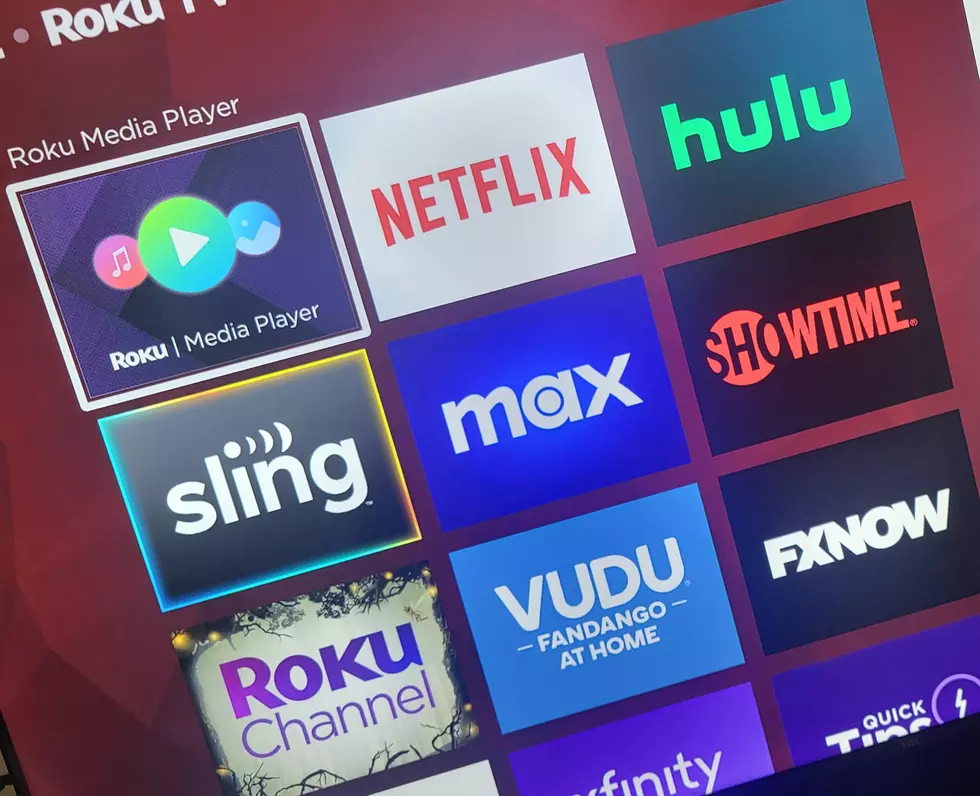


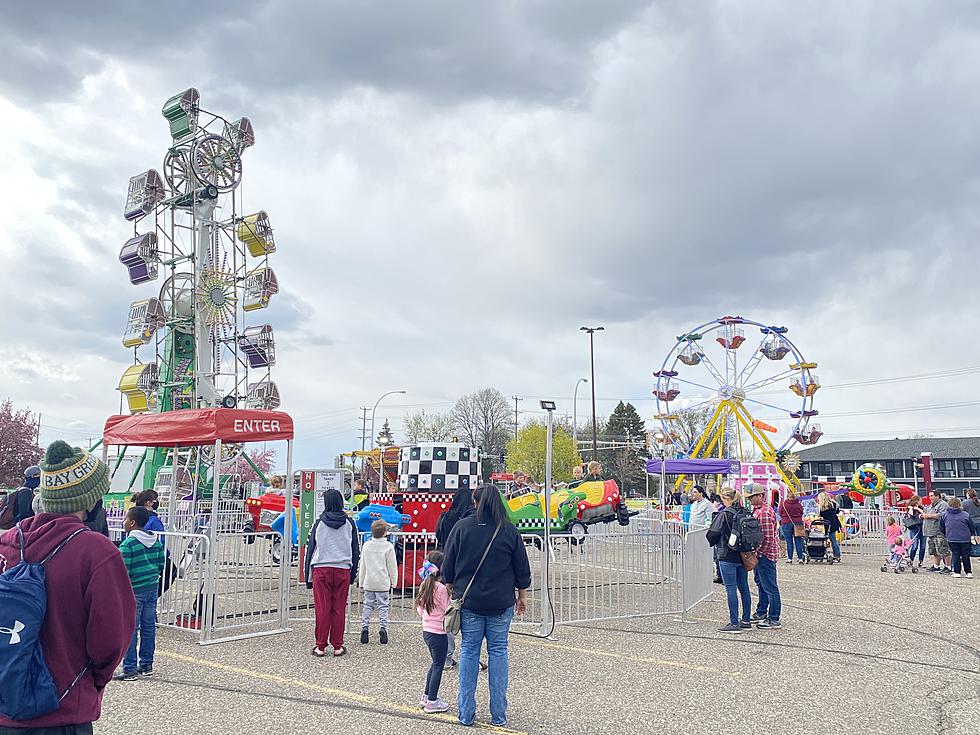
![Zillow Gone Wild “Marble House” in Minnesota [PHOTOS]](http://townsquare.media/site/66/files/2024/04/attachment-Marble-House-entry-and-living-room.jpg?w=980&q=75)
